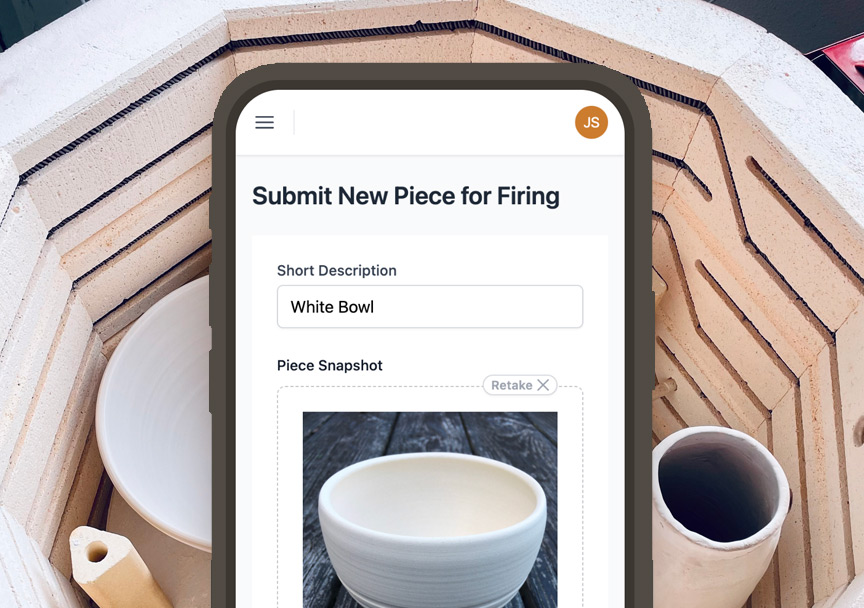Properly storing clay is crucial for keeping it in ideal condition for use in pottery and ceramics. Follow these guidelines to maintain the quality and workability of your clay supply over time.
Storing Clay Correctly
First, always use air-tight containers designed for clay storage. Plastic buckets with sealing lids are perfect, as are thick plastic bags that zip or tie completely closed. The container must fully protect the clay from air exposure and moisture changes.
Next, store clay in a climate-controlled space. Avoid temperature extremes like freezing cold or sweltering heat, as these can damage clay over time. The ideal storage temperature range is about 60-80°F. Likewise, prevent moisture extremes by keeping clay away from direct sun baking and avoiding damp basements or environments that would introduce excess humidity.
When placing clay into storage containers:
- Break up any extremely large lumps or blocks into smaller, more manageable pieces for easier use later on. But be careful not to over-knead or slam clay pieces together, which can trap air bubbles.
- Firmly pack clay into the storage bucket or bag, eliminating any major gaps or air pockets. This prevents moisture inconsistencies within the stored clay.
- Ensure the clay is adequately soft and pliable before storage. If it seems too dry, add a light misting of water and massage it in evenly to improve plasticity. The clay should feel cool and supple, not brittle.
- Smooth and flatten the final clay surface in the container before sealing the lid. This gives the clay optimal contact with the container walls, limiting air exposure.
During storage:
- Periodically check clay containers to ensure no moisture leaks in or out. If the surface appears cracked or dry, re-knead the block to distribute moisture evenly before resealing.
- Avoid storing clay for more than 2 years, as properties can degrade over time. Try to use older inventory first before newer batches. Consider recycling old clay into slip.
- Minimize temperature fluctuations. Stay away from moving clay back and forth between cold garages and hot studios. Find a stable environment.
With attentive storage habits, your clay inventory will stay usable for many months to come. Always properly reseal containers immediately after extracting some clay to work with. Handle clay carefully to maximize shelf life.

.png)
